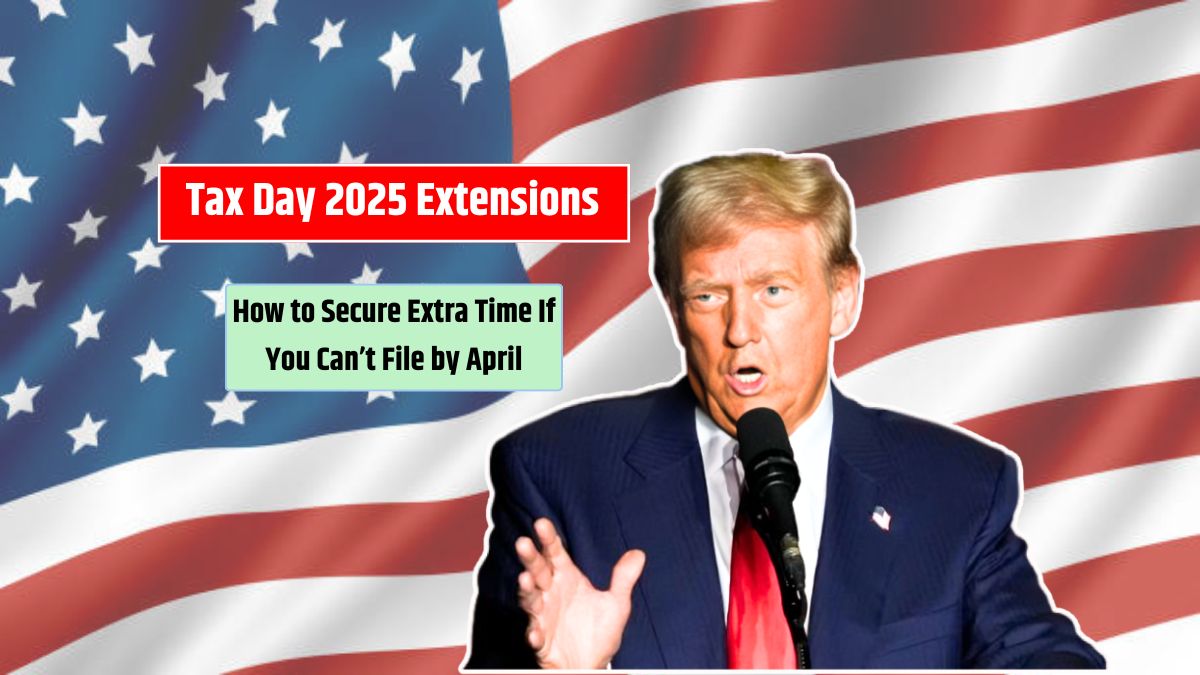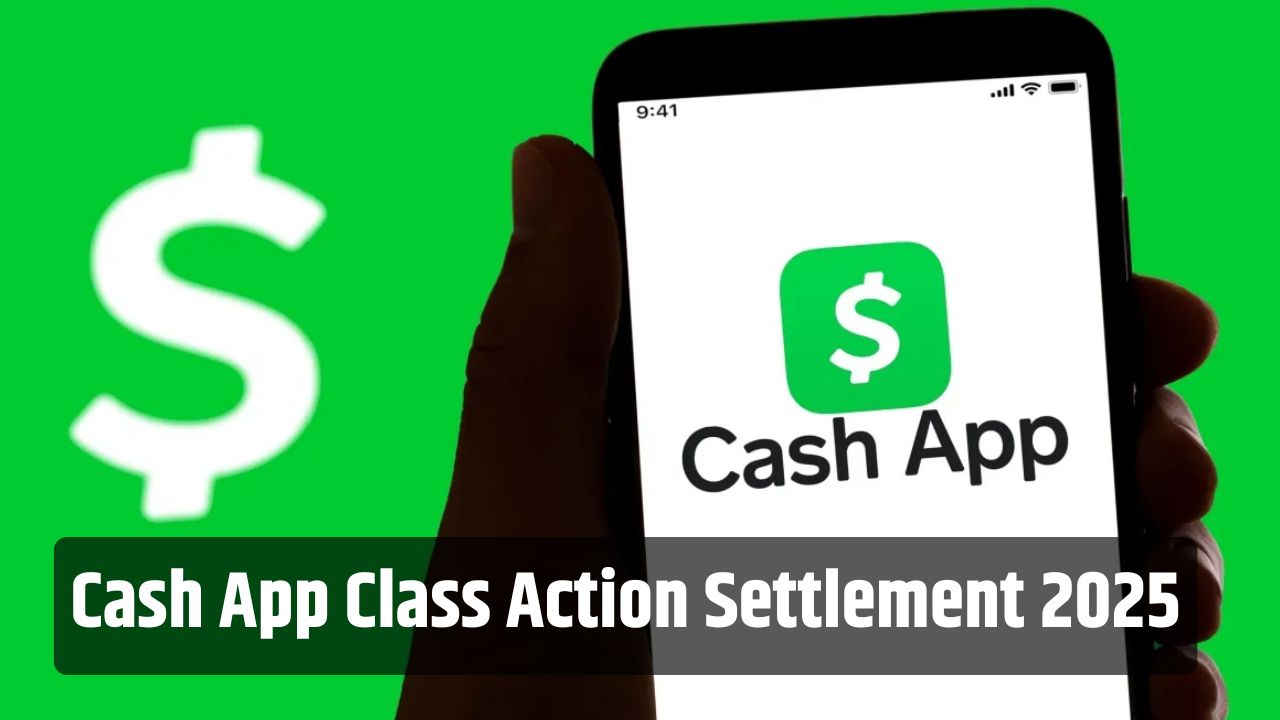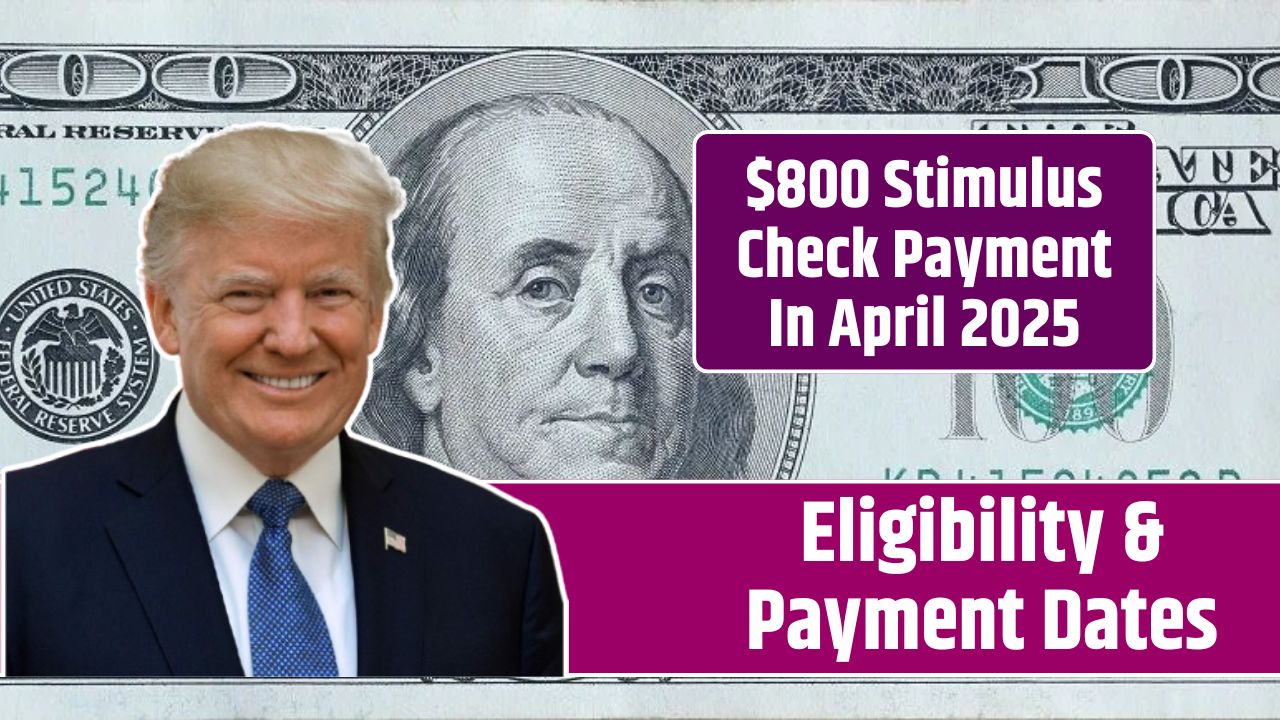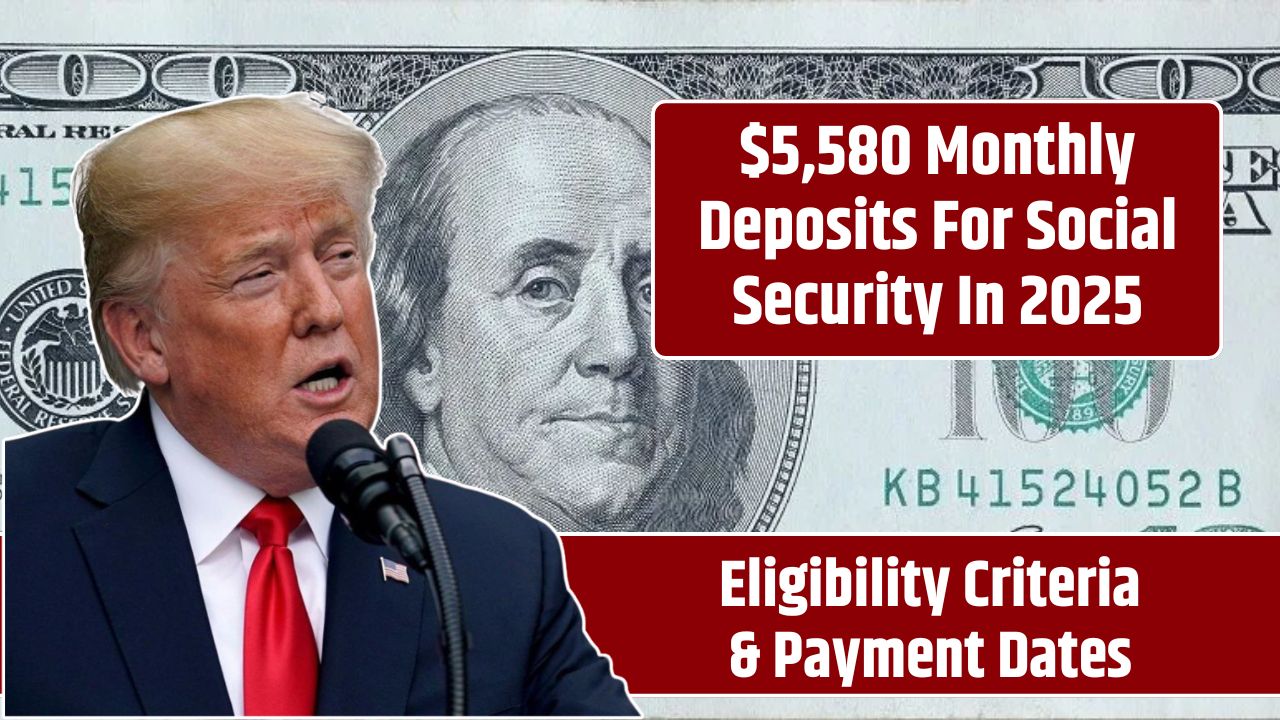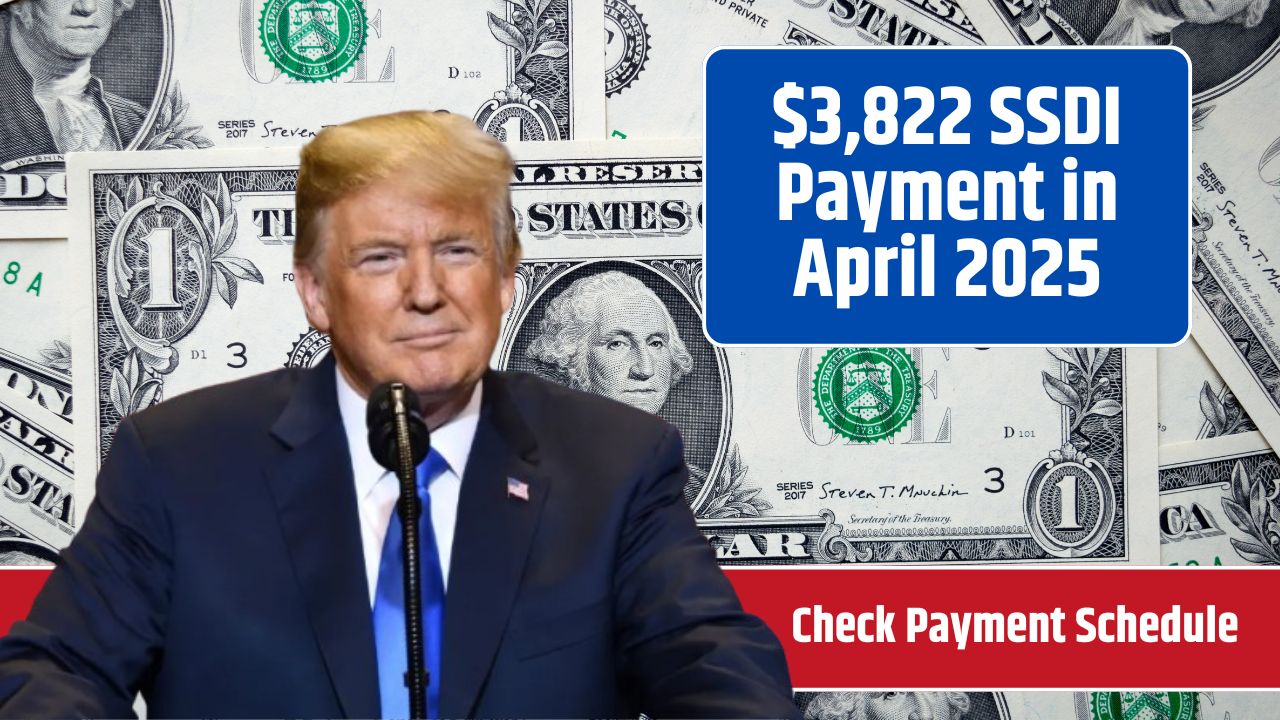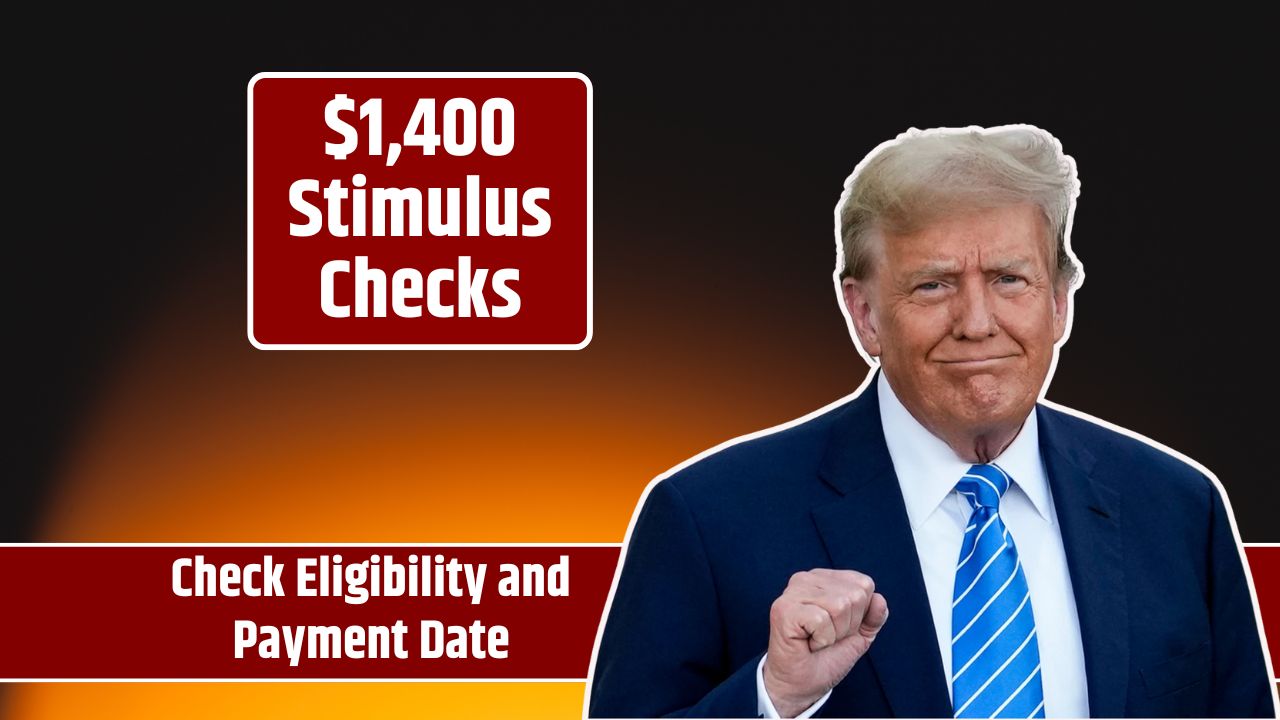Don’t wait any longer—do your part and file your taxes. That’s the message coming directly from the Internal Revenue Service (IRS), encouraging all taxpayers to file their federal income tax return electronically before the April 15 deadline. The best part? It’s fast, easy, and free through tools already available on IRS.gov.
Reminder
With the deadline closing in, the IRS is turning up the volume on its call to action. Taxpayers are being urged to take advantage of the IRS Free File system, an intuitive and free way to file federal tax returns online. Available 24/7 on IRS.gov, Free File is designed to help millions of people submit their taxes without hassle.
Anyone who made $84,000 or less in adjusted gross income in 2024 is eligible to use this system. It walks you through the process, does the math, checks for common errors, and even tells you if you’re missing any info. Basically, it takes the stress out of tax season.
Timing
The IRS says there’s still time—so if you haven’t filed yet, you’re not too late. By filing now and requesting direct deposit, you could get your refund in as little as 21 days. So, why wait and risk penalties when the process is practically streamlined for you?
Tools
Free File isn’t just smart—it’s automatic. It handles your calculations, highlights potential errors, and helps reduce the chance of filing mistakes. That means faster processing and fewer delays, especially if you’re due a refund. Plus, you get instant confirmation once your return is accepted.
Exceptions
Life happens, and the IRS knows that. Not everyone can pay what they owe right away—and that’s okay. If you’re in that boat, the IRS still wants you to file your return and pay as much as you can by the deadline. Then, apply for a payment plan online.
If you apply electronically, you’ll find out immediately whether your payment plan has been accepted or not. No phone calls, no letters—just a simple click-and-go process on IRS.gov.
And if you need more time to file your return, there’s help there, too. Anyone—regardless of income—can request an extension using Free File by submitting Form 4868. That gives you six more months to file, but remember: it doesn’t delay your payment due date.
Payments
You’ve got plenty of ways to pay. The IRS accepts Direct Pay, debit or credit card payments, and even digital wallets. Just make sure you indicate the payment is for an extension if you’re filing Form 4868. That keeps everything organized on their end and avoids any confusion.
Plans
Here’s a look at the two main payment plan options available online:
| Plan Type | Qualification | Duration | Maximum Amount Owed |
|---|---|---|---|
| Short-Term | Owe under $100,000 | Up to 180 days | $100,000 |
| Long-Term | Owe under $50,000 | Monthly (up to 10 years) | $50,000 |
Short-term plan
This option is ideal if you can pay off your balance within 180 days. As long as your total debt—including penalties and interest—is under $100,000, you’re eligible.
Long-term plan
The IRS has eased the rules for long-term plans too. If you owe under $50,000, you can make monthly payments over several years—usually up to 10. It’s called the Simple Payment Plan, and it’s more accessible than ever.
Penalties
Even if you enter into a payment plan, interest doesn’t stop accumulating. However, the late payment penalty is cut in half while your agreement is active. So, while it’s not ideal to owe, it’s far better than avoiding the IRS altogether.
At the end of the day, the IRS just wants you to file and pay what you can. They’ve made it easier than ever, so take a few minutes and get it done before April 15. You’ll be glad you did.
FAQs
Who can use IRS Free File?
Anyone with $84,000 or less in adjusted gross income.
What is the IRS tax deadline?
April 15 is the official federal tax filing deadline.
How do I get more time to file?
File Form 4868 online to request a six-month extension.
Can I get a refund faster?
Yes, request direct deposit and file electronically.
What if I can’t pay my taxes?
Pay what you can and apply for a payment plan online.

